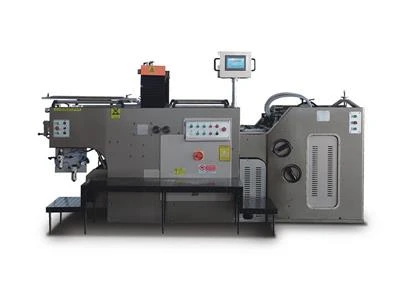Screen Printing Machine

Beskrywing van die produk
Add the in-depth expertise of the design and engineering team combined with exceptional customer service and support, and other vendors just don’t compare with the added value that EX.EXPORT delivers.
We design, engineer and manufacture screen printing machines, vacuum tables, flame treatment and UV curing systems. We partner with you to ensure the total success of your project with optimized automated equipment which delivers maximum productivity. We help you to deliver decorated products with higher quality, quicker throughput and lower cost.
Screen Printing Machine Working Principle
The basis of the screen printing machine is a frame that is covered with a fine net called the mesh. On this mesh a photosensitive film is applied. The image – the stencil – is put on top of the film and after that the whole frame is exposed to a light source. Where the film is exposed to light – i.e. in the non-image areas – it hardens and seals the holes in the mesh. In the developing stage the film is removed from the image areas. The ink is allowed to penetrate the mesh and thus reproduces the image.
The ink is applied at one end of the frame and is then raked over the mesh with a squeegee applied on the flood bar. The thickness of the mesh and stencil determines the thickness of the ink layer. The hardness and angle of the rubber squeegee determine things like dot gain. In comparison to other printing methods, screen printing produces a much thicker layer of ink, making it more resistant to scratches.
What Are the Different Types of Screen Printing Machines Available?
The advantage of screen printing is that the surface of the recipient does not have to be flat and that the ink can adhere to a wide range of materials, such as paper, textiles, glass, ceramics, wood, and metal. Though the aforementioned process of screen printing is standard, there are two types of screen printing, flat and rotary, that differ slightly in the process.
1. Flat Screen Printing
During the process of flat screen printing, the exposed screen is arranged over the top of the chosen substrate. The ink is then deposited in front of a squeegee. The squeegee then moves over the screen, thus forcing the ink through the mesh and creating a print.
2. Rotary Screen Printing
The rotary screen process differs slightly. Rather than the squeegee moving atop the screen, it is fixed inside of the screen. The squeegee and screen are mounted ITR, and ink is introduced. When the mounted cylinder rotates, the ink is forced through the mesh via the squeegee. The substrate moves outside of the screen and receives the ink, producing a print.
As a professional screen printing machine factory, EX.Export provides quality packaging and printing machine at competitive wholesale prices. Feel free to contact at any time.

